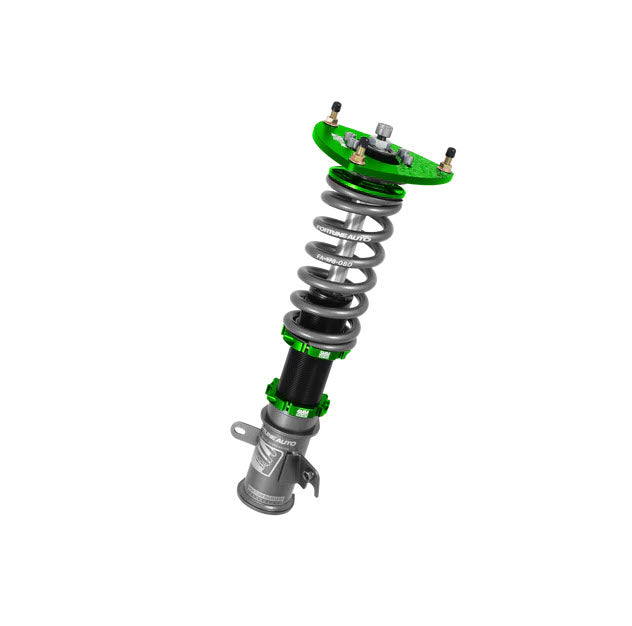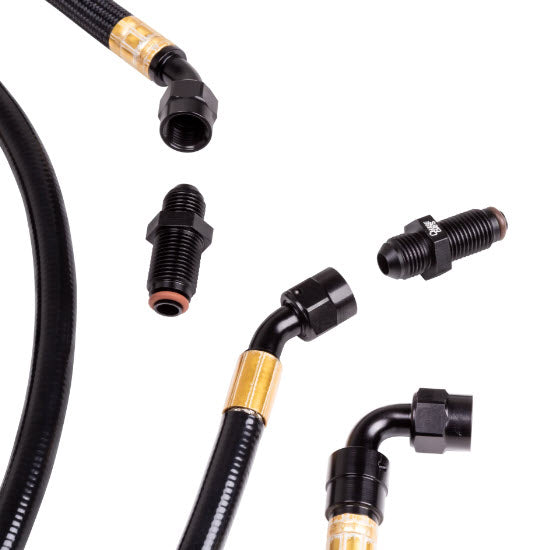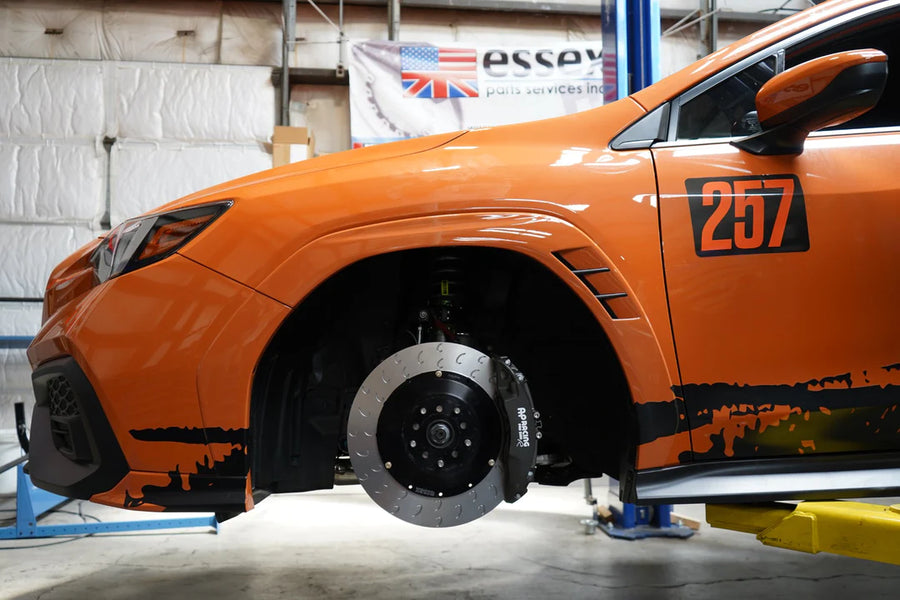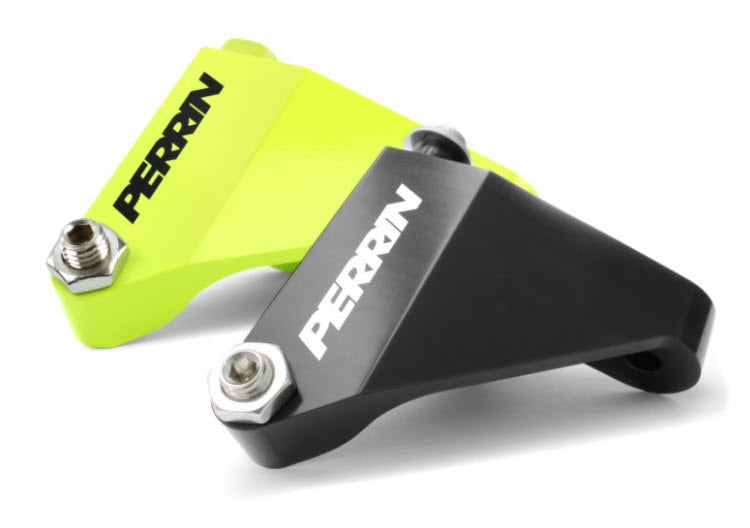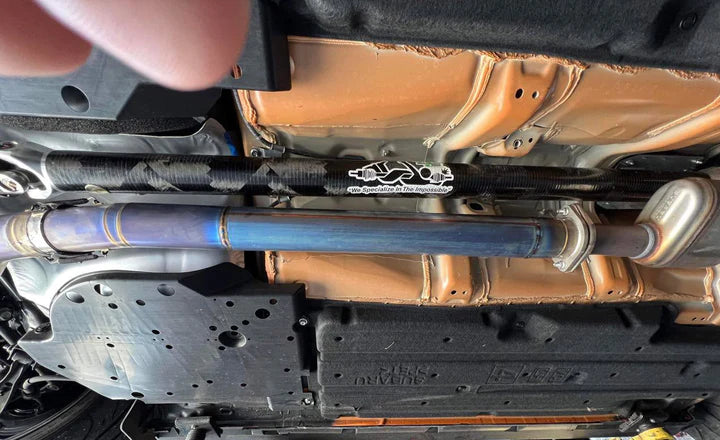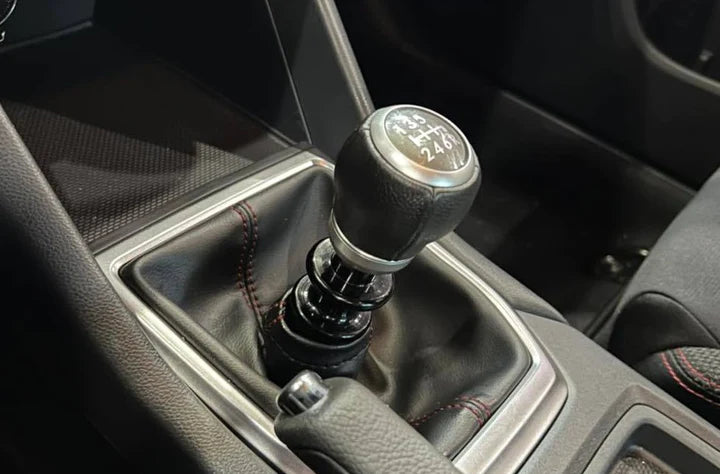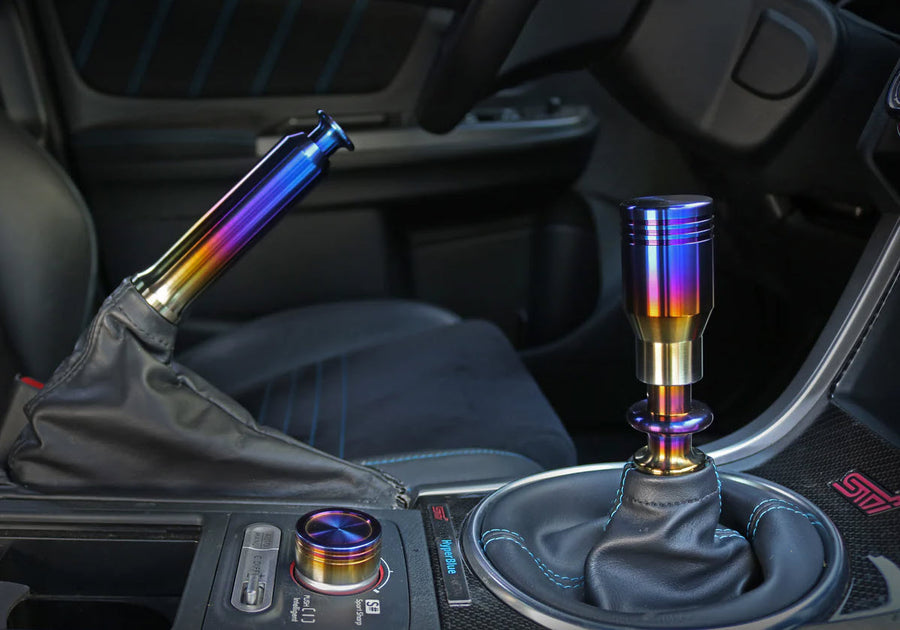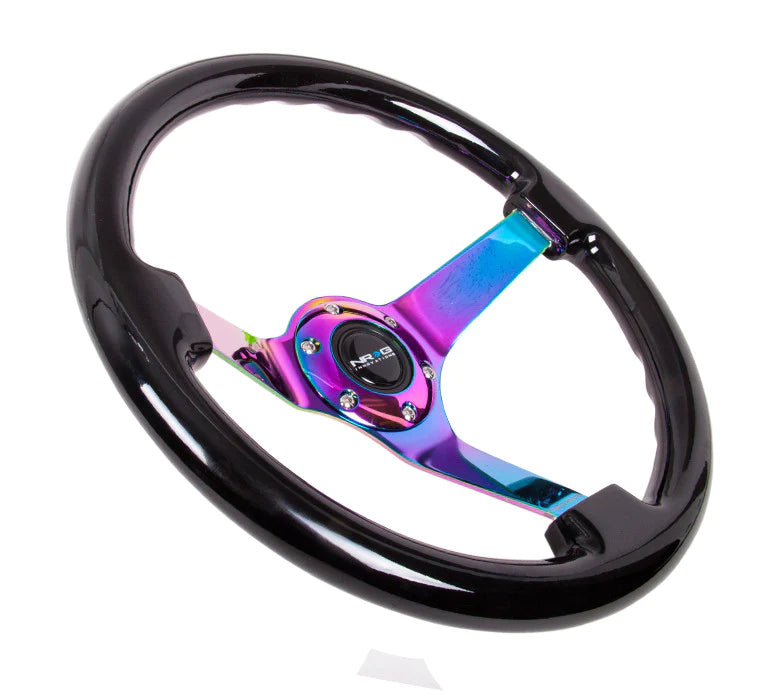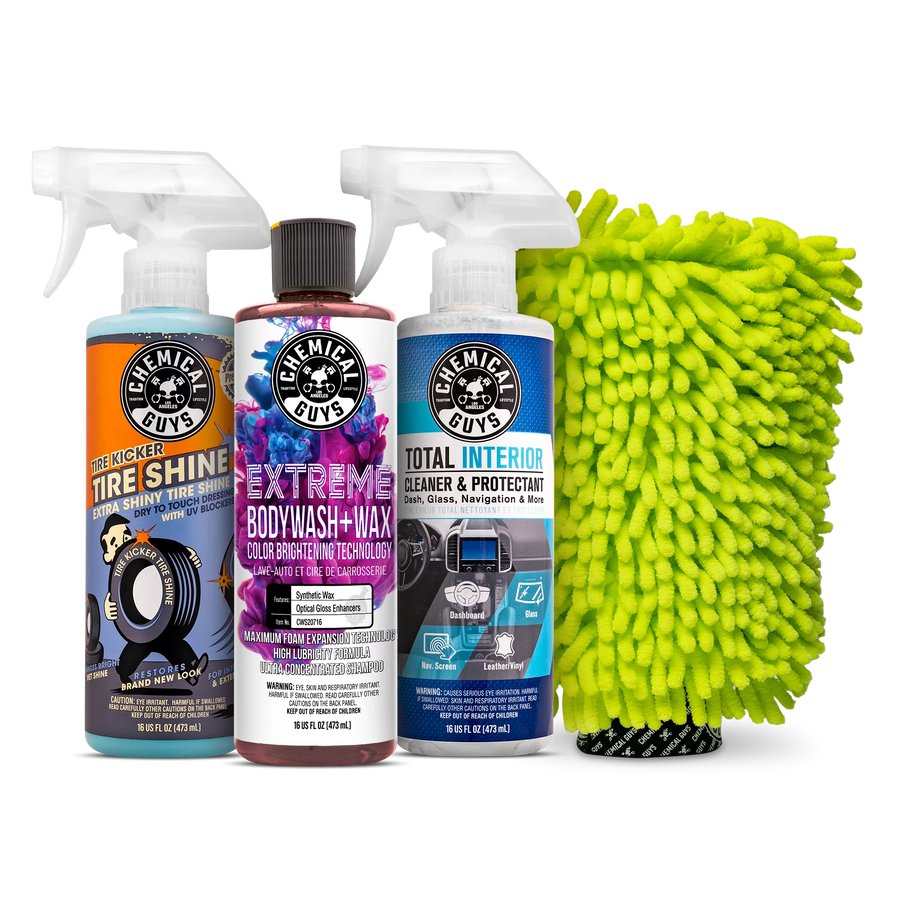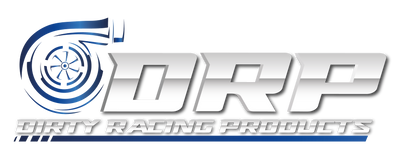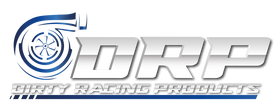A Complete Guide to Installing a Flex Fuel Kit

Flex fuel kits have transformed the automotive world, offering drivers incredible flexibility when choosing fuel types. These kits allow vehicles to run on various fuel blends, giving drivers the power to select between gasoline and ethanol-based fuels. Installing a flex fuel kit could be an exciting venture for anyone eager to enhance their vehicle’s performance while potentially saving money. Here’s a complete guide to installing a fuel flex kit.
The Advantages of Flex Fuel
Before installing a flex fuel kit in your vehicle, you should understand the benefits of this innovative technology. Flex fuel kits contribute to a more sustainable future and offer economical and performance perks that can enhance your driving experiences. Here’s a closer look at some other advantages of using flex fuel kits:
- Utilizing ethanol can reduce carbon emissions from your vehicle, contributing to cleaner air and a healthier planet.
- Ethanol is often less expensive than gasoline, offering potential savings at the pump without sacrificing engine performance.
- With flex fuel kits, you can refuel with gasoline or ethanol blends, alleviating reliance on one fuel type.
- Ethanol has a higher octane rating than gasoline, which can enhance engine performance and efficiency when you calibrate the engine to handle the fuel.
Equipment Required for Installation
Installing a flex fuel kit involves equipping your vehicle technology to support functionality and efficiency when running on different fuel types. Proper installation guarantees a smooth transition between gasoline and ethanol, maximizing the benefits of the flex fuel system.
Before you begin the installation process, gather the necessary equipment to avoid disruptions and set up everything correctly. Here is a list of the equipment you need for a successful installation of your flex fuel kit:
- Flex fuel sensor
- Fuel line adapters
- Wiring harnesses
- Fuel injector connectors
Preparing Your Vehicle
Preparation lays the groundwork for a successful flex fuel kit installation. First, confirm the compatibility of your vehicle’s engine with the kit. Next, clear the engine bay of obstructions to access the engine components.
Safety should always take precedence, so review the user manual to familiarize yourself with the installation steps and components. Disconnect the battery to prevent accidental electrical shorts. Finally, make sure you give yourself enough time to install the kit. Rushing can lead to mistakes and complications.

Installing the Flex Fuel Sensor
The flex fuel sensor monitors the ethanol-to-gasoline ratio in the fuel line. Locate the fuel line in your vehicle’s engine bay. Carefully cut the fuel line, and insert the flex fuel sensor between the cut ends. Then, use the provided clamps to secure the sensor.
Install the sensor in the correct flow direction as indicated by the arrows on the sensor. Connect the sensor’s wiring harness to the control unit by following the wiring diagram in the user manual. Finally, double-check all connections to avoid leaks or malfunctions.
Integrating the Control Unit
The control unit is the brain of the flex fuel system; it tweaks engine settings based on the fuel blend it detects. Securely mount it in the engine bay away from moving parts. Firmly connect the wiring harness on the control unit to the vehicle’s engine management system. Then, you can follow the user manual to program the control unit.
Testing the Installation
Testing helps you verify that the flex fuel kit is functioning as intended. Reconnect the vehicle’s battery, and turn on the ignition. Check for warning lights on the dashboard, and perform a visual inspection for leaks around the flex fuel sensor and connections.
After starting the engine, allow it to idle for a few minutes. Observe the engine’s behavior, and listen for unusual sounds. If everything appears normal, take the vehicle for a short test drive to assess performance. Pay attention to how the engine responds to different throttle inputs and fuel mixtures.
Troubleshooting Common Issues
Sometimes, issues pop up during or after installing a flex fuel kit. Double-check the connections to the flex fuel sensor and control unit if the engine idles roughly or stalls. Make sure the fuel lines aren’t kinked or blocked.
If error codes appear on the dashboard, refer to the user manual for help, and address those problems quickly to prevent engine damage. If troubleshooting gets tough, consider getting help from a professional mechanic or contacting the flex fuel kit manufacturer.

Maintenance and Care
Regular maintenance and care support your flex fuel system’s longevity and functionality. Routine inspections can help you catch potential problems, such as leaks, wear, or improper connections, before they degrade the system’s performance. Also, keep an eye on the state of your vehicle’s fuel lines and the condition of the flex fuel sensor and control unit.
Follow these additional maintenance tips to keep your flex fuel system running smoothly:
- Regularly check the tightness and condition of all connections and wiring to prevent loose or damaged components.
- Periodically clean the flex fuel sensor to remove debris or residue that may affect its readings.
- Perform frequent visual inspections for fuel leaks around the sensor and fuel lines.
- Regularly monitor fuel quality to prevent contaminants from damaging the system’s components.
Enhancing Fuel Efficiency
Adopt fuel-efficient driving habits to maximize the benefits of your flex fuel system. Gradual acceleration and deceleration reduce fuel consumption. Avoid excessive idling, as this wastes fuel and increases emissions. Consider using a higher ethanol blend when feasible, as it often costs less than gasoline.
Exploring local ethanol availability can provide additional cost savings. By making conscious choices, you harness the full potential of your flex fuel system while optimizing your driving experience!
Why Choose Dirty Racing Products?
With this complete guide to installing a flex fuel kit, car owners can follow detailed steps to transition successfully to flexible fuel options. Dirty Racing Products offers a high-quality flex fuel kit to boost your vehicle’s performance and efficiency.
Our kit includes easy installation, a warranty, and excellent customer service. Join the flex fuel revolution and upgrade your ride today! Visit our website for more on our products and services, and experience the power of cleaner driving with our top-notch solutions!


